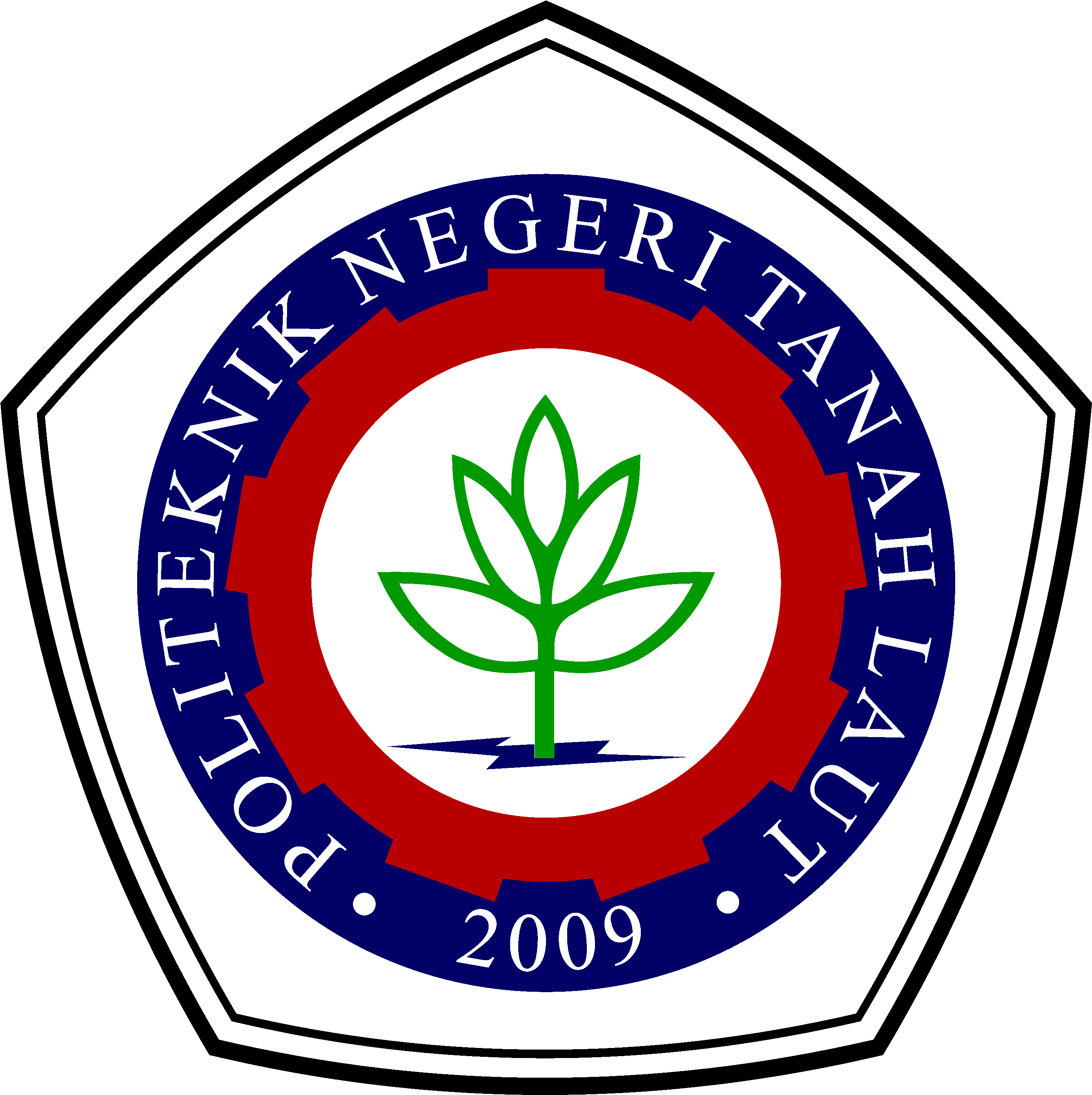EXPERIMENTAL STUDY OF OIL-WATER SEPARATION USING HYDROCYCLONE-BUBBLE GENERATOR
DOI:
https://doi.org/10.34128/je.v11i2.285Keywords:
Hydrocyclone, Bubble-generator, Split-ratio, Pressure drop, EfficiencyAbstract
This research aims to analyze the performance of oil-water separation using a hydrocyclone-bubble generator. The bubble generator used was an ejector type to make it easier to suck in atmospheric air. The research was carried out by injecting an oil-water mixture through a bubble generator before entering the hydrocyclone system. The air flow injected into the bubble generator was varied from 0.1-1.5 lpm. From experimental studies, it was found that as the air flow increased, the split ratio also increased. The pressure drop at the overflow increases gently while the underflow pressure drop increases significantly along with increasing input air flow. The greater the input air flow, the more significant the difference in underflow and overflow pressure drop. It has implications for a larger pressure drop ratio. The greater the air flow, the greater the overflow efficiency decreases, and the underflow efficiency increases. The highest efficiency in overflow is 87.77%.
References
P. Tarigan, E. Ginting, and I. Siregar, “Perawatan Mesin Secara Preventive Maintenance Dengan Modularity Design Pada Pt . Rxz,” vol. 3, no. 3, pp. 35–39, 2013.
E. T. Astuti, J. Aritonang, P. Sebayang, and S. Simbolon, “Rancang Bangun Water-Oil Separator Tipe Horizontal Dua Fasa Menggunakan Variasi Minyak Goreng, Pertamina Dex Dan Oli Mesin,” Journal of Technical Engineering: Journal of Technical Engineering: Piston, vol. 5, no. 1, pp. 9–21, 2021.
T. Supriyono, “Buku Ajar Mekanika Fluida Dasar. Universitas Pasundan : Bandung,” 2019.
T. Firdani, “Cyclone Separator Pada Sistem Gasifikasi,” 2017.
F. Parvaz, S. H. Hosseini, K. Elsayed, and G. Ahmadi, “Numerical investigation of effects of inner cone on flow field, performance and erosion rate of cyclone separators,” Separation and Purification Technology, vol. 201, no. March, pp. 223–237, 2018, doi: 10.1016/j.seppur.2018.03.001.
R. Shastri and L. S. Brar, “Numerical investigations of the flow-field inside cyclone separators with different cylinder-to-cone ratios using large-eddy simulation,” Separation and Purification Technology, vol. 249, no. May, p. 117149, 2020, doi: 10.1016/j.seppur.2020.117149.
Supriyadi and A. Syuriadi, “Studi Eksperimental Cyclone separator Jenis General Purpose (Lapple) dan High Efficiency (Stairmand) Untuk Sistem Pirolisis,” Seminar Nasional Inovasi Vokasi, vol. 2, no. 1, pp. 383–393, 2023.
Z. shan Bai, H. lin Wang, and S. T. Tu, “Oil-water separation using hydrocyclones enhanced by air bubbles,” Chemical Engineering Research and Design, vol. 89, no. 1, pp. 55–59, 2011, doi: 10.1016/j.cherd.2010.04.012.
L. Zhao, M. Jiang, and F. Li, “Experimental study on the separation performance of air-injected de-oil hydrocyclones,” Chemical Engineering Research and Design, vol. 88, no. 5–6, pp. 772–778, 2010, doi: 10.1016/j.cherd.2009.11.006.
Y. Wang et al., “Analysis of performance of novel hydrocyclones in ebullated bed reactor with different vortex finder structures,” Chemical Engineering Research and Design, vol. 158, pp. 89–101, 2020, doi: 10.1016/j.cherd.2020.04.002.
X. Yang, M. J. H. Simmons, P. Liu, Y. Zhang, and L. Jiang, “Effect of feed body geometry on separation performance of hydrocyclone,” Separation Science and Technology (Philadelphia), vol. 54, no. 17, pp. 2959–2970, 2019, doi: 10.1080/01496395.2018.1548486.
J. Liu, H. Xu, and X. Li, “Cyclonic separation process intensification oil removal based on microbubble flotation,” International Journal of Mining Science and Technology, vol. 23, no. 3, pp. 415–422, 2013, doi: 10.1016/j.ijmst.2013.05.010.
E. N. Sari, A. Fiveriati, N. Rusti, J. Rulianto, R. B. Susanto, and I. G. N. B. Catrawedarma, “Visual and Pressure Signal Investigations on Bubble Produced by Ejector Bubble Generator,” E3S Web of Conferences, vol. 483, 2024, doi: 10.1051/e3sconf/202448303020.
I. Catrawedarma, Deendarlianto, and Indarto, “The performance of airlift pump for the solid particles lifting during the transportation of gas-liquid-solid three-phase flow : A comprehensive research review,” Proc IMechE Part E: J. Process Mechanical Engineering, vol. 0, no. 0, pp. 1–23, 2020, doi: 10.1177/0954408920951728.
I. Catrawedarma, F. A. Resnaraditya, Deendarlianto, and Indarto, “Statistical characterization of the flow structure of air-water-solid particles three-phase flow in the airlift pump-bubble generator system,” Flow Measurement and Instrumentation, vol. 82, no. 2, p. 102062, 2021, doi: 10.1016/j.flowmeasinst.2021.102062.
Ramdhani, Indarto, Deendarlianto, and Catrawedarma IGNB, “Experimental study on the effect of submergence ratio and air flow rate on the characteristics of liquid-gas-solid three- phase airlift pump Experimental Study on the Effect of Submergence Ratio and Air Flow Rate on the Characteristics of Liquid-Gas- Soli,” AIP Conference Proceedings, vol. 040003, 2020.
I. Catrawedarma, Deendarlianto, and Indarto, “Hydrodynamic behaviors of air–water two-phase flow during the water lifting in a bubble generator type of airlift pump system,” Heat and Mass Transfer, no. 0123456789, 2021, doi: 10.1007/s00231-021-03157-z.
Kashan Bashir, “Design and fabrication of cyclone separator,” ResearchGate, no. August 2015, 2015, doi: 10.13140/RG.2.2.20727.83368.
D. R. Suminar and N. Nurcahyo, “Karakteristik Hydrocyclone untuk Pemisahan Minyak dan Air,” Jurnal Teknik Kimia dan Lingkungan, vol. 4, no. 2, pp. 133–140, 2020, doi: 10.33795/jtkl.v4i2.160.
Z. Xiong, Z. Ji, and X. Wu, “Development of a cyclone separator with high efficiency and low pressure drop in axial inlet cyclones,” Powder Technology, vol. 253, pp. 644–649, 2014, doi: 10.1016/j.powtec.2013.12.016.
A. M. KAYA and M. ÖZKAN, “Numerical Investigation of the Effects of Cone Tip Diameters on the Efficiency of a Cyclone Separator,” European Journal of Technic, vol. 10, no. 2, pp. 395–401, 2020, doi: 10.36222/ejt.732223.
Downloads
Published
How to Cite
Issue
Section
License
Copyright (c) 2024 ELEMEN : JURNAL TEKNIK MESIN

This work is licensed under a Creative Commons Attribution 4.0 International License.




